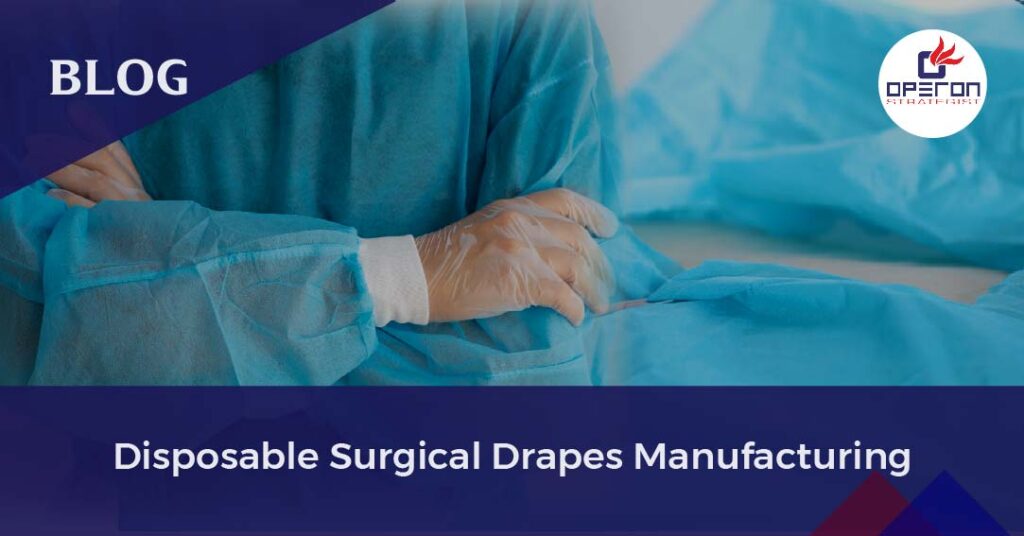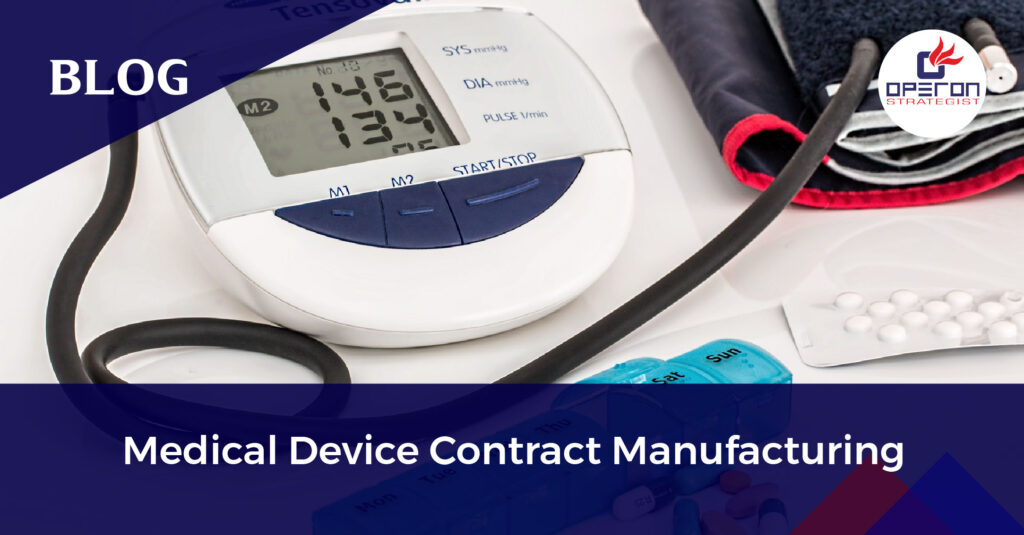Introduction - Disposable Surgical Drapes Manufacturing
Welcome to the world of disposable surgical drapes—a fundamental element of healthcare’s commitment to sterility. Behind the scenes of bustling operating rooms and sterile environments, these simple sheets play a vital role in safeguarding both patients and healthcare professionals. In this blog, we’ll break down the essentials, covering the materials used in their construction, the meticulous testing procedures, their wide-ranging applications, and the different types designed for various medical needs. Let’s take a simple and informative dive into this. Read more about disposable medical device manufacturing.
Looking For Disposable Surgical Drapes Manufacturing Consultants?
Let’s have a word about your next project.
What Are Surgical Drapes?
A surgical drape is a sterile sheet used to create a sterile field during surgical procedures. The purpose of a surgical drape is to prevent the spread of infection from non-sterile to sterile areas, as well as to protect the patient from contamination. Surgical drapes come in various sizes and shapes. Some are made of materials that are resistant to penetration by liquids and microorganisms. The drapes are placed over the patient and surrounding areas to create a sterile field.
What Are the Materials Used to Make Surgical Drapes?
Surgical drapes are made using different materials for different needs. They use synthetic fabrics like polypropylene or polyethylene, which are good at keeping out liquids and germs. Sometimes, they also use cotton because it can soak up fluids. These drapes can stick in place with special glue and have plastic layers to keep germs out. The choice between synthetic fabrics and cotton depends on what’s needed for the surgery. Each material has its own set of advantages and considerations, and manufacturers may offer a variety of surgical drape options to accommodate different needs and preferences.
How Are Surgical Drapes Tested?
Surgical drapes go through rigorous testing to ensure their safety and effectiveness in medical procedures. These tests include checking their ability to create a protective barrier, evaluating strength, and assessing resistance to lint and particles. Biocompatibility tests confirm they won’t harm patients, while flammability testing prevents potential fire risks. Sterility tests guarantee they’re free from contaminants before use, and additional checks ensure they won’t release lint or bleed dye onto the surgical site. These tests uphold high standards, ensuring surgical drapes play a crucial role in maintaining sterility during surgery.
What Is a Surgical Drape Used For?
Surgical drapes are indispensable for maintaining a sterile surgical environment. They serve multiple critical functions, contributing to successful outcomes. We’ll explore the various purposes for which surgical drapes are used –
- Surgical drapes create a sterile barrier to ensure that the surgical site remains completely free from any potential contaminants.
- They act as a shield by significantly reducing the risk of surgical site infections.
- During surgery, bodily fluids like blood and secretions are a common occurrence. Surgical drapes are designed to manage and control these fluids effectively, channeling them away from the surgical site.
- Surgical drapes protect both patients and the surgical team, acting as a vital barrier against contamination, ensuring everyone’s safety.
- Surgical drapes provide patient comfort by preserving modesty, warmth, and dignity, while exposing only the necessary surgical area.
Types of Surgical Drapes -
- Basic surgical drapes: Commonly used, provide a physical barrier.
- Incise drapes: Provides a sterile barrier around the surgical site.
- Fenestrated drapes: Allows access to a specific area while maintaining sterility.
- Split drapes: Allows the surgeon to perform a two-part procedure.
- Specialty drapes: Designed for specific surgical procedures.
- Universal drapes: Versatile and can be used in various procedures.
- Extremity drapes: Designed for procedures on specific extremities.
Each type has its own unique features and uses, making them suitable for different kinds of surgical procedures.
Are you looking for a reliable and experienced medical device regulatory consultant to help you navigate the complex world of medical device regulations? Look no further than Operon Strategist! With over 12 years of experience and a global presence in 32 countries, our team of experts can guide you through every step of the process, from manufacturing plant layout design to documentation and regulatory services. Don’t let the challenges of regulatory compliance hold you back – contact Operon Strategist today and let us help you achieve success in the medical device industry!

-
Operon Strategisthttps://operonstrategist.com/author/snehal/
-
Operon Strategisthttps://operonstrategist.com/author/snehal/
-
Operon Strategisthttps://operonstrategist.com/author/snehal/
-
Operon Strategisthttps://operonstrategist.com/author/snehal/




